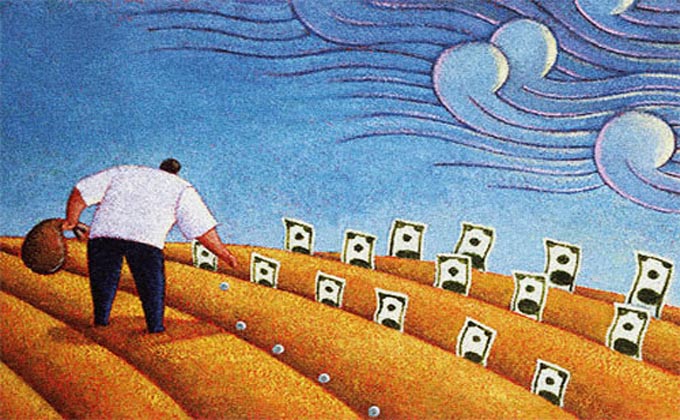Stages of business development
 Every business on the way of its formation and formation of a stable brand undergoes a number of changes. At the same time, having reached the optimal level of growth and development, each business project experiences periods of stagnation and decline. The path of a business enterprise from its starting point to the period of decline can be divided into certain stages of business development.
Every business on the way of its formation and formation of a stable brand undergoes a number of changes. At the same time, having reached the optimal level of growth and development, each business project experiences periods of stagnation and decline. The path of a business enterprise from its starting point to the period of decline can be divided into certain stages of business development.
Most businesses go through at least five stages in their development, and it is hardly possible to ignore at least one of them.
Stage 1. Understanding the idea.
No project can be implemented without a more or less fresh and interesting idea. This idea will bring its economic benefits with sufficient investment and diligence and cooperation of all stakeholders. When developing a business idea, various economic aspects are taken into account, such as features of industrial production, the level of competition in the chosen field, the availability of the necessary resources, the market and potential consumers. It also takes into account the size of the required investment, the amount of expected profit and the ratio between the level of investment and the level of profitability of the business. It is at this stage that a detailed business plan is developed.
Stage 2. Materialization of the idea.
The stage of materialization of a business idea is nothing but a phase of a startup. At this stage, the interested parties take all necessary measures and actions to translate the idea into reality. First of all, all the necessary formalities for registering an enterprise are followed in order to give the business official legal status and designate its appearance in a certain industrial area and on the market. Once all the formalities have been settled and the legitimacy of the business enterprise has been confirmed, it is possible to begin its activities.
Stage 3. Growth of business.
At this stage, there is an increase in the scale of business activity and an increase in the volume of goods or services provided. As production costs begin to decline, it will be possible to start providing goods and services to consumers at slightly reduced prices without harming the enterprise’s revenues, which will increase the competitiveness of the business, attract more customers and increase profits.
Stage 4. Formation and expansion of business.
As soon as the business begins to gain momentum and generate more and more profit, the most appropriate time comes for taking steps to increase market share, develop new markets and expand consumer composition.
Stage 5. Maturity and decline of business.
Over time, almost any business begins to lose its position and is faced with the need to deal with the ever-growing competition and the need to provide its consumers with more favorable conditions, low prices and high-quality goods or services in comparison with competitors. In fact, in order to maintain the achieved level in the development of a business enterprise, provide it with sufficient sales markets and gain superiority over its competitors, certain expenses are needed that should be directed to advertising, promoting the brand and the product itself, ensuring stable supplies, occupying new niches in the market. At this stage, many entrepreneurs are between two fires: leave the prices the same and lose revenue or raise prices and lose customers. In the case of a completely hopeless situation, it may be worth considering options for selling a business or merging enterprises.
Business is always a gamble, before venturing on which, it is necessary to carry out sufficient planning, practical analysis and evaluate real opportunities and risks. But in the end, who runs the risk, he wins!





